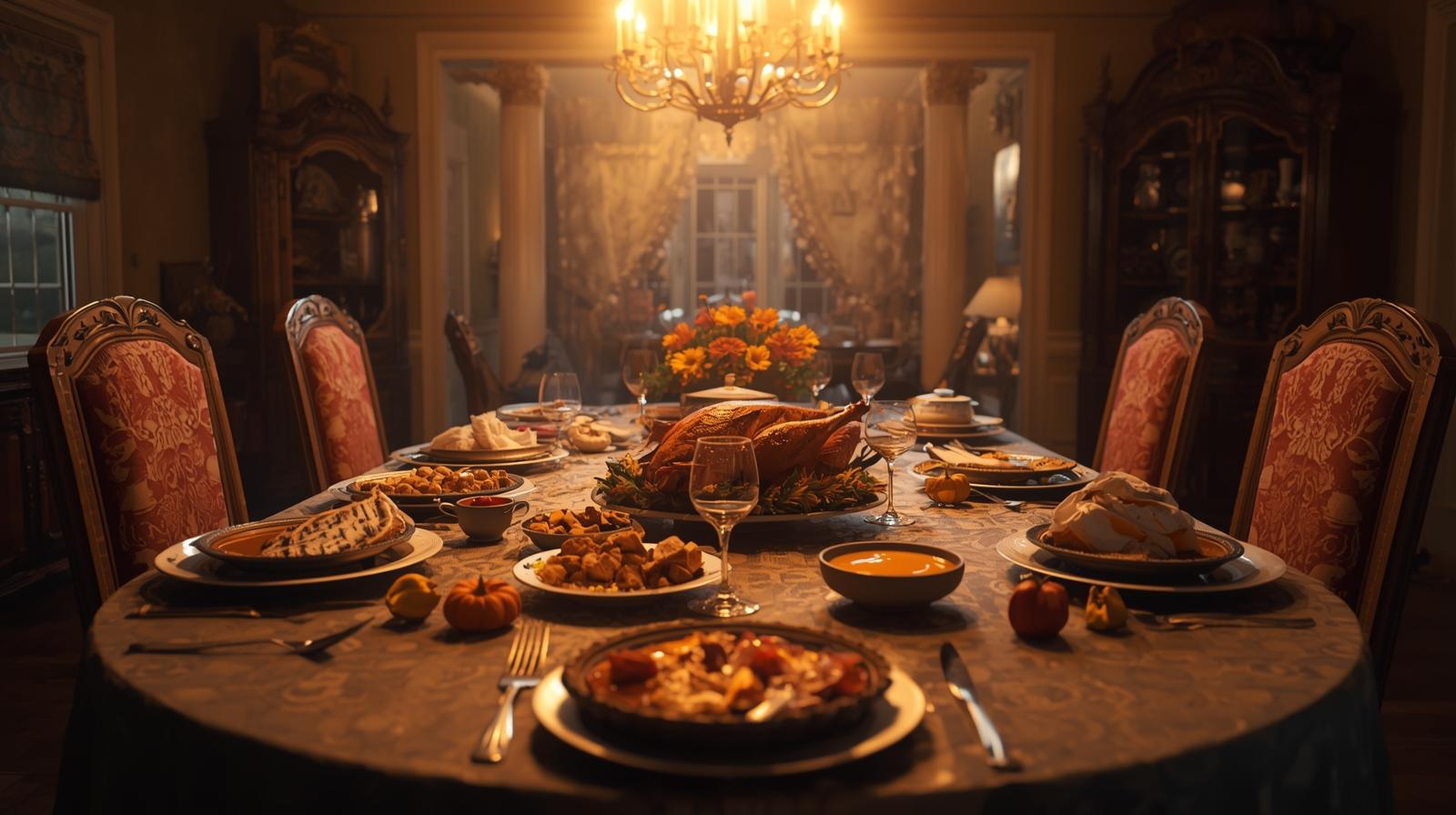
Thanksgiving is meant to be a time for gratitude, family, and good food—but for some, it’s a day that turned dark and unforgettable. Over the years, several shocking crimes have unfolded on this holiday, proving that even the most peaceful traditions can take a deadly turn. Let’s look at a few Thanksgiving tragedies that shook their communities to the core.
The Thanksgiving Day Massacre – Jupiter, Florida (2009)
What was supposed to be a joyful family dinner turned into a horrific scene when 35-year-old Paul Michael Merhige opened fire on his own relatives during Thanksgiving dinner. He killed four family members, including his 6-year-old cousin Makayla. Merhige had reportedly harbored long-standing resentment toward his family, and the attack was carefully planned. He fled the scene and was captured weeks later after being featured on America’s Most Wanted.
The Thanksgiving Slasher – New York City (2016)
On Thanksgiving Day 2016, police were called to a Manhattan apartment where 23-year-old Halima Aden was found stabbed to death. Her boyfriend, Rasheem Brown, was later arrested and charged with her murder. Investigators revealed that an argument over dinner preparations escalated into violence. The case served as a grim reminder that domestic disputes can turn deadly—even on a day meant for love and togetherness.
The Hidden Horror of the Bradford Family (Texas, 2012)
In 2012, in rural Texas, police discovered the bodies of 48-year-old Timothy Bradford and his wife, Debra, after neighbors grew concerned when they didn’t show up for Thanksgiving dinner. Their son, 22-year-old William Bradford, later confessed to killing both parents the night before. He calmly joined friends for a Thanksgiving meal the next day as though nothing had happened. When police confronted him days later, he admitted to the murders without remorse.
The Turkey Day Tragedy – Sacramento, California (2013)
Thanksgiving morning in 2013, neighbors heard gunfire coming from a quiet home in Sacramento. When officers arrived, they found a family of four dead inside. Investigators learned that 28-year-old Andres Avila shot his wife and two children before turning the gun on himself. Family members said the couple had been struggling financially and emotionally. The case became known locally as the “Turkey Day Tragedy.”
The Murder of Heather Bogle – Ohio (2015)
While Heather’s murder wasn’t discovered until days later, investigators believe she was killed over Thanksgiving weekend. The 28-year-old mother was last seen leaving work the day after the holiday. Her body was found beaten and shot, stuffed inside the trunk of her car. The case took several years to solve, with multiple false arrests along the way. Eventually, Daniel Myers, her former coworker, was convicted. The case exposed corruption and incompetence within local law enforcement and sparked community outrage.
Thanksgiving Gone Wrong – Maine (2018)
In 2018, 47-year-old Patrick McCabe was arrested after stabbing his brother during a Thanksgiving dinner in Maine. The fight reportedly started over politics and quickly escalated. The brother survived, but the story went viral as a symbol of how volatile family gatherings can become when tempers flare.
A Day for Family—and for Murder
These stories remind us that beneath the warmth of the holiday season, tensions, secrets, and resentment can sometimes boil over. Thanksgiving may be about gratitude, but for the families of these victims, the day will forever be marked by loss.
Lisa Crow contributed to this article. She is a true crime junkie and lifestyle blogger based in Waco, Texas. Lisa is the Head of Content at Gigi’s Ramblings and Southern Bred True Crime Junkie. She spends her free time traveling when she can and making memories with her large family which consists of six children and fifteen grandchildren.

